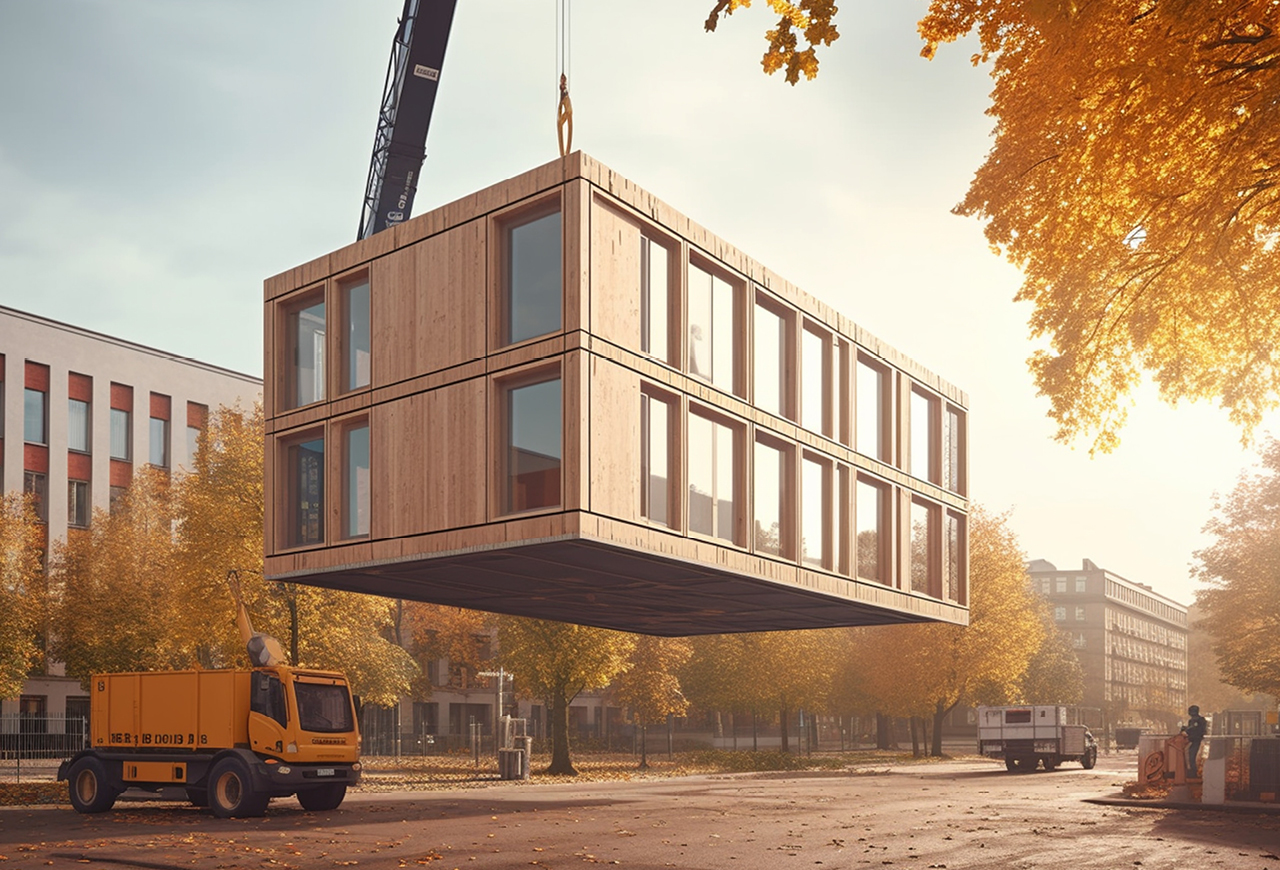This two-part construction innovation series explores the productivity and environmental problems facing the industry, and how innovation is creating opportunities to solve major challenges in construction. In part one, we look at this $10 trillion industry’s traction and the obstacles its stakeholders are encountering.
Construction is an economic powerhouse. The $10 trillion industry contributes to about 13% of the global GDP, with a continuous growth trajectory. Global Construction Perspectives and Oxford Economics expect global construction to grow by nearly 4% per annum to 2030, far ahead of the projected one percentage point growth in global GDP. This accumulates to a staggering increase in the volume of construction output to $17.5 trillion worldwide by 2030. Beyond direct market value, the world construction industry is also an employment generator, providing work to nearly 7% of the total employable persons globally.
With such a large reach and an optimistic outlook, the construction sector is certainly a major economic influencer within the world of real estate. But persistent problems have historically held the industry back. Without an innovative, problem-solving lens, we could see construction fall victim to inefficient routines, negatively impacting its stakeholders, the environment, and the ability to meet market needs.
Project Management Efficiency Gaps
Across the construction industry, project management has been challenged with a variety of issues that stifle efficiency and the ability to meet rising expectations from various stakeholders. Cost and time have consistently been among the biggest challenges in construction.
A McKinsey study found that 98% of construction projects come in over budget, with 77% suffering significant delays. Another study showed that while other industries such as manufacturing have increased productivity by as much as 15x since the 1950s, productivity in construction has remained unchanged over the last 80 years. Productivity has not been a hallmark for construction, often due to idle time, increasingly complex jobs, and labour shortages. This status quo and failure to adapt calls for innovation to disrupt an industry that is ripe for improvement.
Environmental Predicaments
Costs associated with waste and the increased scrutiny of companies in their role in climate change have forced constructors to adapt in meeting waste and climate targets. Research shows that the construction industry generates nearly a third of Canada’s waste, and globally the industry is responsible for 40% of all CO2 emissions – all while increasing expenses and time spent on projects.
According to the IEA, in order to meet global net-zero targets, CO2 emissions need to drop by about 6% per year. Between the need for policies and materials that eliminate carbon emissions, the construction industry has far to go to keep pace with other industries and their green practices.
Disrupting Construction with an Innovative Approach
While these issues are presenting major hurdles to the construction industry, three notable innovations could rectify many of these problems.
Modular Construction: Factory-produced, pre-engineered / prefabricated homes that are delivered and installed on-site.
Panelized Construction: Structural components of the home are built in a factory and then delivered and installed on-site.
3D Printing Construction: Using 3D printing as the core method for fabricating a structure.
In part two of this series, we’ll dive deeper into each of these three innovations to discuss its methodology, traction, and how the idea is solving critical efficiency and environmental issues in construction.
Stay posted on this series by joining the R-LABS LinkedIn community!




